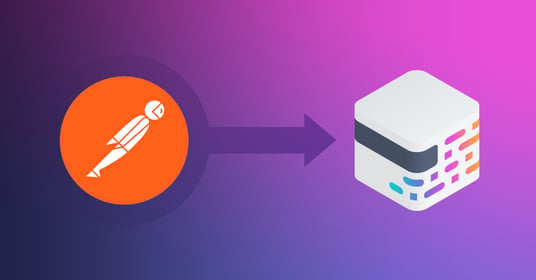Quality is essential for better software development, which is why mabl offers a variety of integrations with best-of-breed tools to help your team adopt DevOps and build quality-centric CI/CD pipelines. These integrations help you collaborate across the software development life cycle and elevate the role of testing in your organization.
One of our most commonly used integrations is with Postman, the leading API management platform with over 20 million users. Mabl’s direct integration with Postman makes it easy to leverage your existing API test collections and run them alongside your UI tests. Today, we’ll walk through how quality teams can quickly start incorporating automated API testing into their overall quality engineering practice.
Maximizing the Value of Your Postman Collections
Postman already allows you to execute standalone API tests much more simply with JavaScript, but a comprehensive API testing strategy also includes integrated API tests within end-to-end tests. Importing Postman Collections into mabl enables you and your team to embed API testing into your CI/CD pipelines and build better customer experiences with faster, more effective end-to-end tests.
Importing Postman Collections into mabl
First, you’ll want to adjust how you organize your API requests in your Postman Collection. For example, some teams may store requests in separate folders. For mabl to leverage your API requests, flatten the Collection by removing the folders.
Once you’ve removed any folders, we can export the Collection into a JSON format compatible with mabl. In most cases, the recommended v2.1 should work.
Now that your Postman Collection is ready, you can import the JSON file into a new API test in mabl. Simply click the import button and choose the JSON file containing the Postman Collection you wish to import.
You’ll also notice that we’ve already configured an application with the base API URL. This is a crucial step in the import process, as your base URL in mabl may use a different syntax, such as , or be hardcoded in Postman. If this is the case for your URL, you’ll want to update the base URL to reference your API URL that’s configured in your workspace.
Once your URLs have been resolved, you can start running your requests. You should be able to observe the Postman code executing in your requests.
If you want to see the current values when running your requests within the mabl test editor, declare the variables being used by Postman tests by adding a new row with the variable name being generated by our script.
At this point, you can add additional functionality to your API tests with mabl’s low-code response parsing, which enables you to insert variables and assertions by simply supplying the JSON body path of the relevant response data. This stage showcases the full benefits of API testing with mabl’s test automation platform: your simple API tests in Postman can be executed as standalone API tests in the early stages of development, or integrated into scheduled end-to-end tests that quickly validate an entire customer journey.
The full documentation for importing Postman tests into mabl can be found in our help docs. If you have any additional questions, mabl’s award-winning Customer Support team can be contacted through your mabl workspace.
Harnessing mabl + Postman for Optimal API Quality
API testing has typically been executed outside the standard software testing strategy, limiting the ability of quality teams to scale API tests across their DevOps pipelines. By integrating Postman with mabl, quality professionals and developers alike can take advantage of mabl’s flexible test execution options. Whether you’re a developer looking to run a quick API test in the code stage, or a quality engineer running end-to-end and UI tests right before deploying to production, mabl is making it easier than ever to manage API quality.
See how easy it is to start API testing with mabl by joining our free two week trial. With Postman Collection imports, your team can begin running integrated API tests as part of your regular end-to-end tests in minutes.





